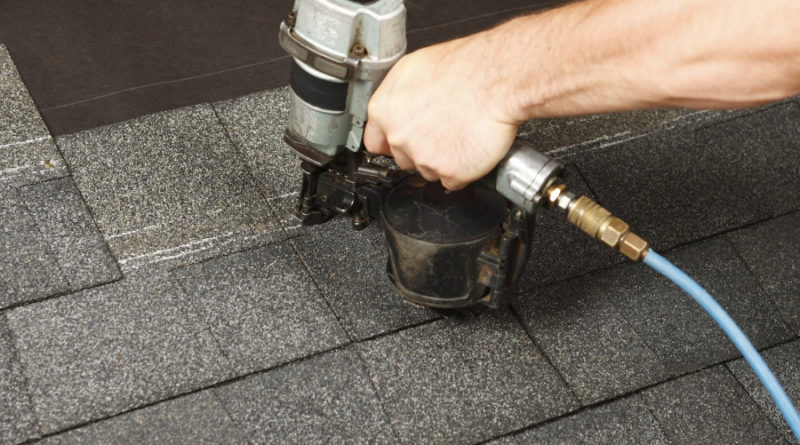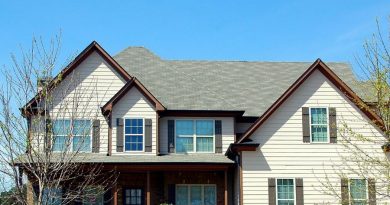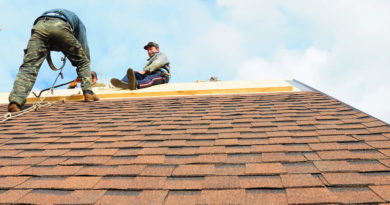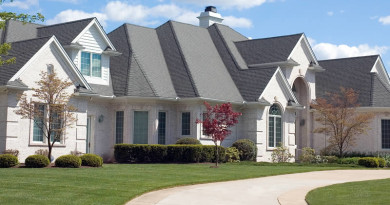4 Hail Damage Signs to Look for on Your Roof in Grand Rapids Michigan
Hail damage to roof is something homeowners who live in colder areas should look for, especially after a hail storm. And for those who have lived through a winter in Grand Rapids Michigan you’ll know how cold it can get. Even if a hail storm didn’t seem that severe, you would be surprised at what the littlest pieces of hail can do to a roof. This is largely because the size of hail doesn’t necessarily influence the severity of damage. Instead, damage is often dependent on the duration of the storm and the speed of the hail coming down. Understanding what you can do when you get damage from hail and whether you roof will develop a leak is crucial to protecting your home from even more damage.
4 Hail Damage Signs to Look for on Your Roof in Grand Rapids Michigan
Although it seems the cold weather has begun in Grand Rapids Michigan it doesn’t mitigate the problems that hail can cause on your roof. Once your roof is damaged from hail even small storms like freezing rain and ice pellets can cause even more damage on the roof. Once the damage has begun on the roof it will start to deteriorate more and more with each storm. Learning what you can do when your home has hail damage is crucial to protecting your home.
Regardless of the duration of the storm and the size of the hail, it’s important to check your roof for hail damage. That being said, here are four surefire signs your roof has hail damage.
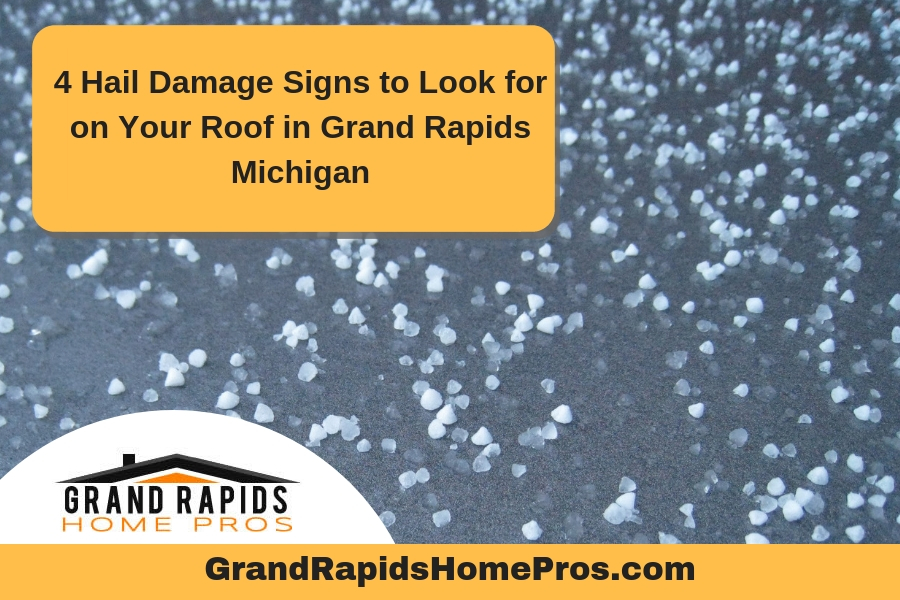
-
Exposed Substrate
One of the biggest signs of hail damage to roof is exposed substrate. Exposed substrate is caused by granules that rub off. While granules are usually durable because they are the top layer of your roof, hail storms can be so severe that they rub them off.
In order to tell whether or not your substrate is exposed, simply check to see if your roof is shiny. If so, then the granules have shed and your substrate is exposed. Another way to see if your substrate is exposed is to check your gutters for excess granules.
-
Shingles That Have Granules Missing or Broken Shingles
While many homeowners think they can simply glance at their shingles to see if they’re bruised, you actually have to closely examine and touch your shingles. Bruised shingles often occur after severe hail storms because hail often plummets into your shingles, causing approximately one inch depressions.
When you examine your shingles, expect them to feel soft and pliable if they have depressions. While depressions can cause cosmetic damages, they also contribute to roof leaks. So, it’s important to call a contractor as soon as you notice a depression.
-
Cracks in the Roofing Shingles, Decking, or Flashing
Cracks are one of the easiest hail damage to roof to identify. Typically, cracks caused by hail take a half or full circular shape. Like bruising, cracks are a huge cosmetic damage. But, they also make it easier for water to penetrate your shingles and overall roof into your home.
It’s important to note that you might come across vertical or horizontal cracks. While these cracks might be an indicator of damage to your roof, they are most likely simply caused by your roof’s normal age progression. If you are concerned about the cracks on your roof and are unsure whether or not they can cause serious damage, simply call your local roofing contractor in Grand Rapids MI for a consultation.
-
Dented Flashing on the Roof
Lastly, check your roof for dented flashing after a hail storm. Flashing is an important aspect of your roof that ensures the external portion and valleys remain durable and secure. Since flashing is made of metal, it’s usually hard to damage. But, sometimes severe hail storms can damage it.
That being said, check your flashing for small to medium sized dents after a hail storm. Dents can occur anywhere from your roof’s valleys to air vents and even skylights. If flashing dents are left untreated, your flashing’s integrity might be comprised, which will diminish the overall strength and durability of your roof.
Don’t Attempt a Roof Inspection Yourself
Going on the roof of your home is very dangerous and should only be done by qualified roofing professionals. Contact Grand Rapids Home Pros today if you need a roof inspection on your Grand Rapids Michigan home.

